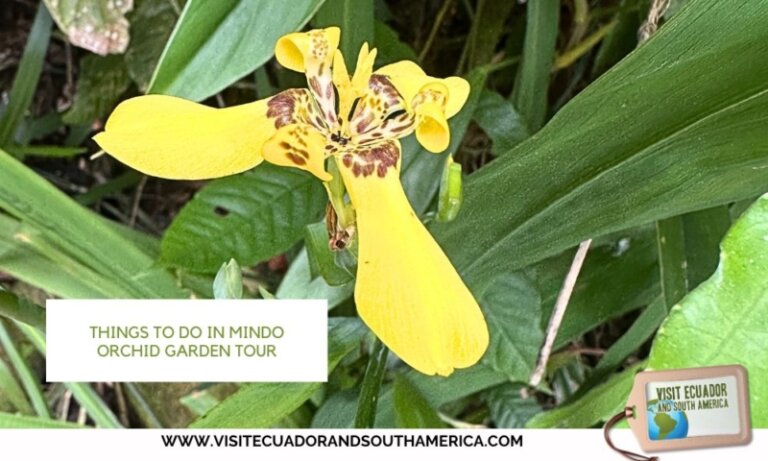
Things to do in Mindo: Orchid Garden Tour
Things to Do in Mindo: Discover Orchids in Ecuador’s Cloud Forest About Ecuador Ecuador is a small, yet very diverse country located in the Andes Cordillera, with Colombia and

My name is Cristina.
Together with my husband Kjell Anders we have been traveling and sharing the best that Ecuador and South America have to offer in this blog, since 2014. We believe that traveling is a way to grow, connect, and share.
Our goal is to inspire and show the best of Ecuador, its Galapagos Islands, and South America by providing first-hand testimonials and tips from our travel and food adventures.

Things to Do in Mindo: Discover Orchids in Ecuador’s Cloud Forest About Ecuador Ecuador is a small, yet very diverse country located in the Andes Cordillera, with Colombia and

Pet-Friendly Travel in Ecuador: Best Day Trips with Your Dog Traveling through Ecuador with our dog, Jack, has been a joy since he joined our family in December 2021.He isn’t

Quito Mapping Festival in the Historic Center: Lights, Art, and Heritage at Night If you are looking for new activities to enjoy in downtown Quito, a world heritage site since
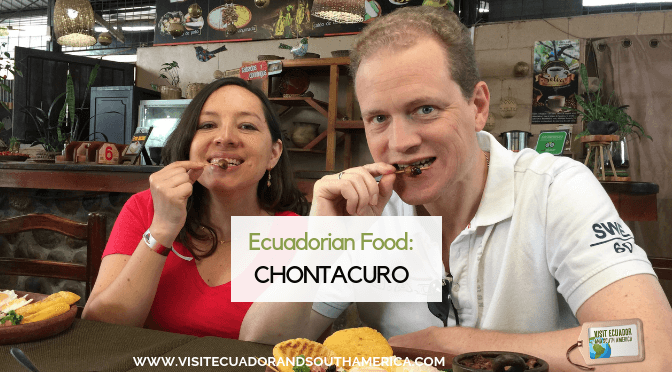
Chontacuro a delicacy from the Amazon Rainforest, Ecuador Ecuadorian food is very varied due to the country’s four diverse regions, the equatorial line, and the
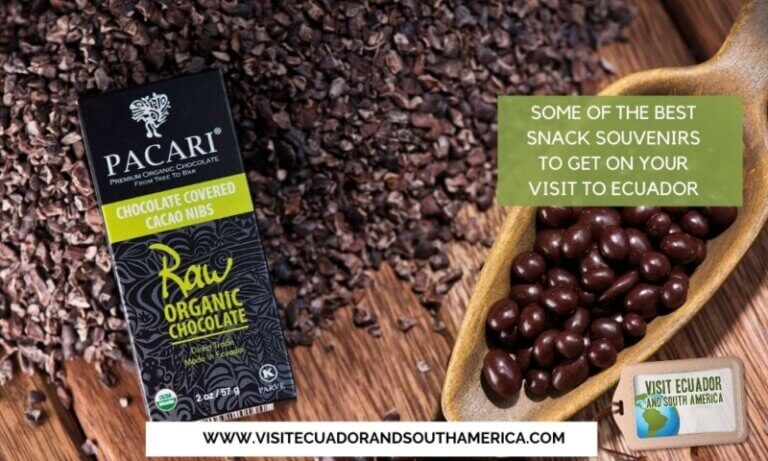
Some of the best snack souvenirs to get on your visit to Ecuador As an Ecuadorian living abroad, I am always wondering about the
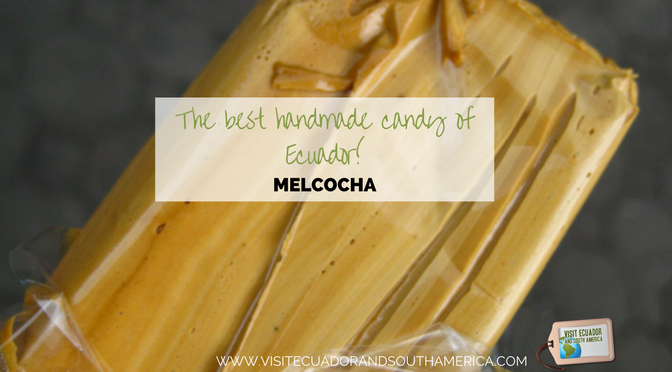
Melcocha is the best handmade candy in Ecuador! Do you have a “sweet tooth” and would love to taste some traditional desserts and treat while
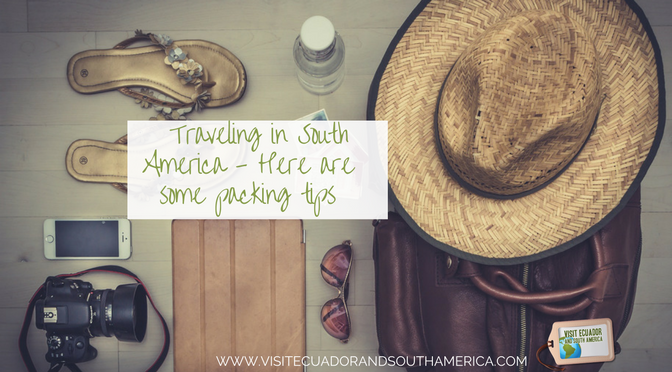
Traveling in South America – These are some packing tips Planning your trip to South America soon? Whether you are going backpacking or going on
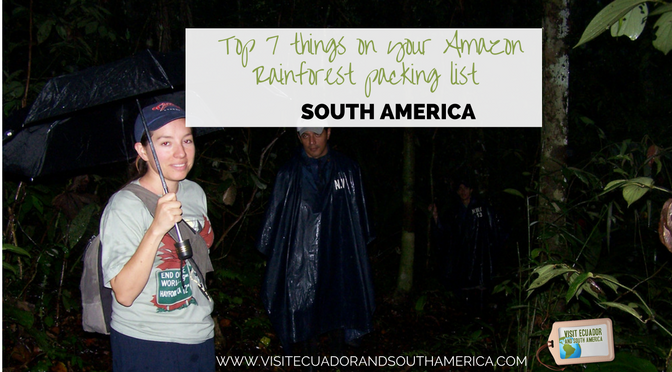
Top 7 things on your Amazon Rainforest packing list Travel blogger: Veronica Cepeda When it comes to visiting the Amazon Rainforest, it is a good

The ultimate packing list for photography lovers Photography and traveling complement each other. As it is said: “A picture is worth a thousand words”. One